Hydrogen fuel cell vehicles hold great potential for clean transportation, but their development is influenced by several key factors. Technological advancements, infrastructure challenges, environmental concerns, and market demand all play a crucial role in shaping the future of hydrogen-powered vehicles. In this article, we’ll explore the main factors driving this technology and how they impact its progress toward a sustainable automotive future.
Contents
Infrastructure Development
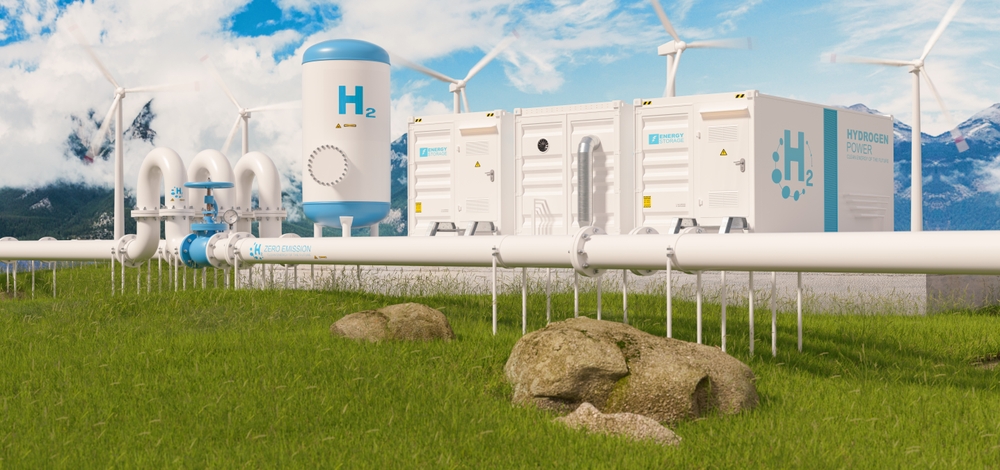
The growth of hydrogen fuel cell vehicles (HFCVs) is heavily influenced by the availability and expansion of hydrogen refueling infrastructure. Currently, hydrogen stations are limited, especially outside of key regions like California and parts of Europe. The high costs associated with building new hydrogen stations, including safety and storage considerations, present significant challenges. Without widespread infrastructure, consumers and businesses may be hesitant to adopt HFCVs, slowing market penetration. Governments and private enterprises must invest in infrastructure to make HFCVs a viable option for the mass market.
Cost of Hydrogen Production
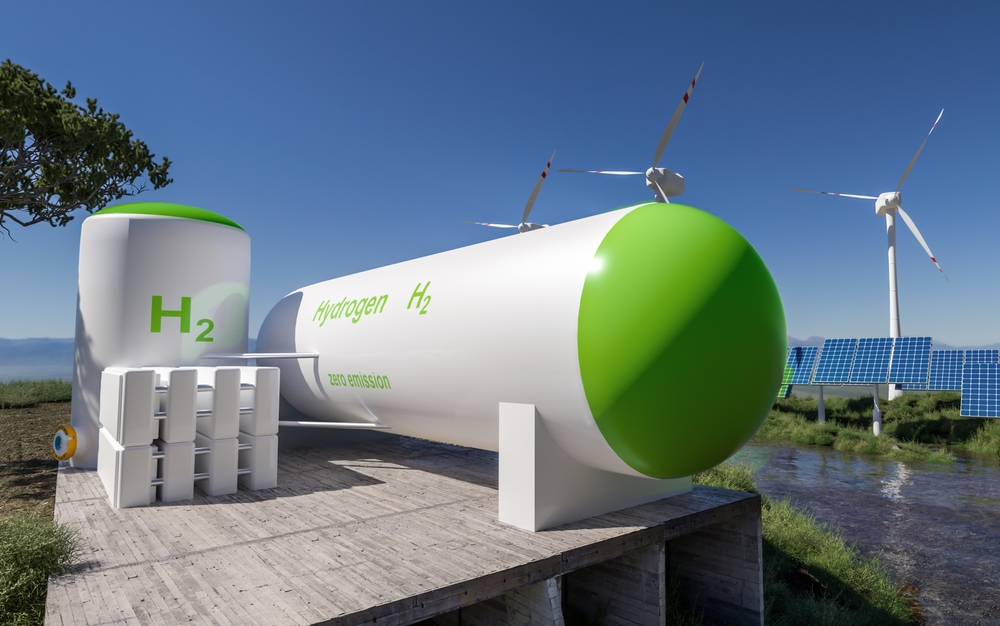
The cost of producing hydrogen is a critical factor in the development of hydrogen fuel cell vehicles. Most hydrogen is currently produced through natural gas reforming, which, while cheaper, still involves carbon emissions. Green hydrogen, produced using renewable energy through electrolysis, is more sustainable but significantly more expensive. The high production costs translate to higher fuel costs for consumers, making HFCVs less competitive with electric vehicles (EVs) and traditional internal combustion engine vehicles. Reducing the cost of hydrogen production, especially green hydrogen, is essential for the widespread adoption of HFCVs.
Technological Advancements in Fuel Cells
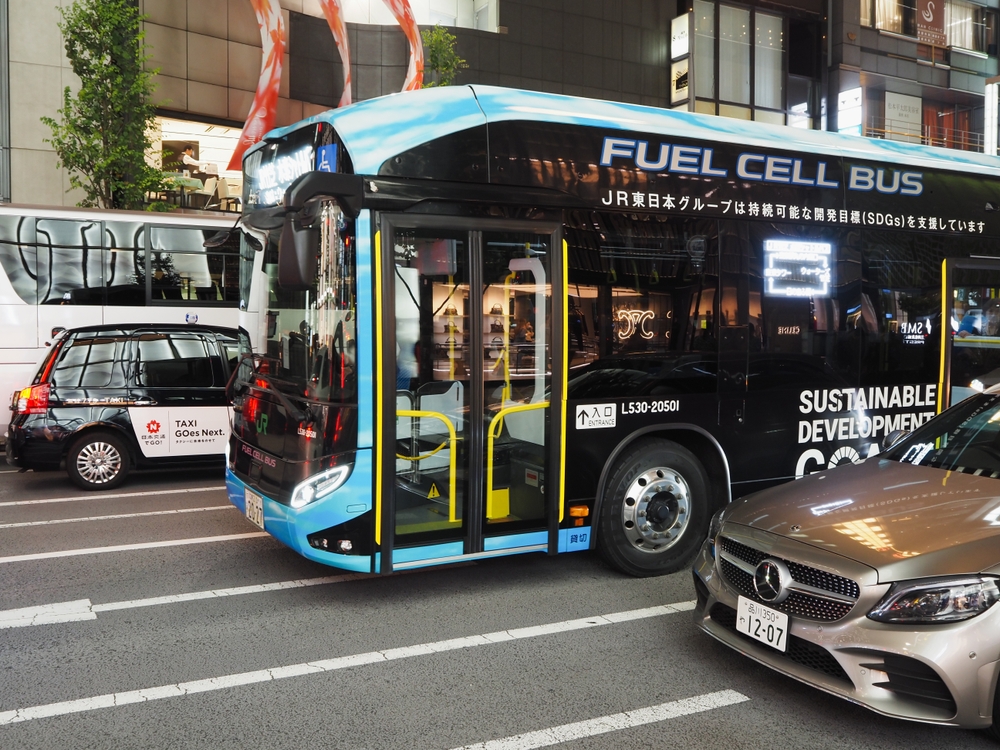
Technological improvements in fuel cell efficiency, durability, and cost are pivotal to the advancement of hydrogen fuel cell vehicles. Fuel cells are complex systems that require expensive materials like platinum for catalysts. Ongoing research aims to reduce material costs and increase the longevity of fuel cells, which currently have a shorter lifespan compared to internal combustion engines. Enhancements in fuel cell technology will lower vehicle costs, improve performance, and increase consumer acceptance, driving the growth of HFCVs.
Government Policies and Incentives

Government policies, including subsidies, tax incentives, and regulatory support, play a crucial role in the development of hydrogen fuel cell vehicles. Countries like Japan, South Korea, and Germany have implemented aggressive hydrogen strategies to promote HFCVs. These policies include funding for research, infrastructure development, and consumer incentives. However, inconsistent policies across regions can hinder progress. A coordinated global effort with clear and stable policies is necessary to accelerate the adoption of HFCVs and create a sustainable hydrogen economy.
Environmental Concerns

The push for cleaner transportation solutions due to environmental concerns is a significant factor influencing the development of hydrogen fuel cell vehicles. HFCVs emit only water vapor, making them an attractive option for reducing greenhouse gas emissions, particularly in sectors where battery-electric vehicles (BEVs) face limitations, like long-haul trucking. As governments and organizations aim to meet climate goals, HFCVs present a viable alternative to reduce the carbon footprint of transportation. The growing emphasis on environmental sustainability is likely to drive further investment in hydrogen technology.
Competition with Battery Electric Vehicles (BEVs)

Hydrogen fuel cell vehicles face strong competition from battery electric vehicles, which have gained significant market share in recent years. BEVs benefit from a more developed charging infrastructure and declining battery costs, making them more accessible to consumers. The competition with BEVs influences the direction of research, development, and marketing strategies for HFCVs. For hydrogen vehicles to succeed, they must offer distinct advantages over BEVs, such as faster refueling times and longer ranges, especially in sectors where BEVs are less effective.
Energy Efficiency and Range
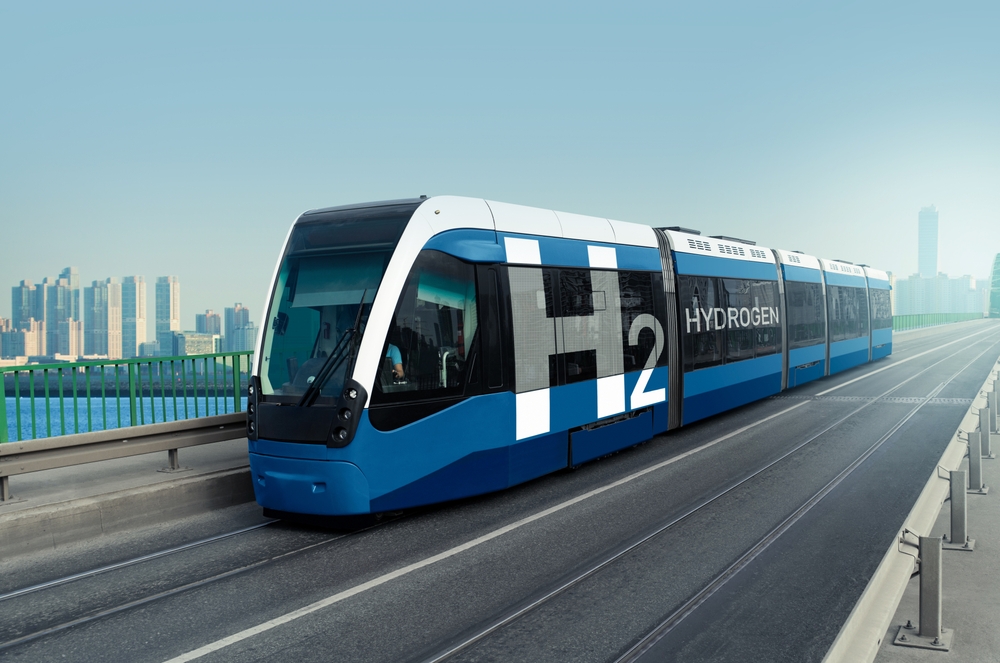
Energy efficiency is a critical factor in the viability of hydrogen fuel cell vehicles. While HFCVs offer longer ranges than most BEVs, they are generally less energy-efficient. The process of producing, compressing, and transporting hydrogen, followed by conversion into electricity within the fuel cell, results in energy losses. Improving the energy efficiency of these processes is essential to making HFCVs competitive with other technologies. Enhanced efficiency will lead to lower operational costs and make HFCVs more attractive to both consumers and commercial fleets.
Availability of Raw Materials
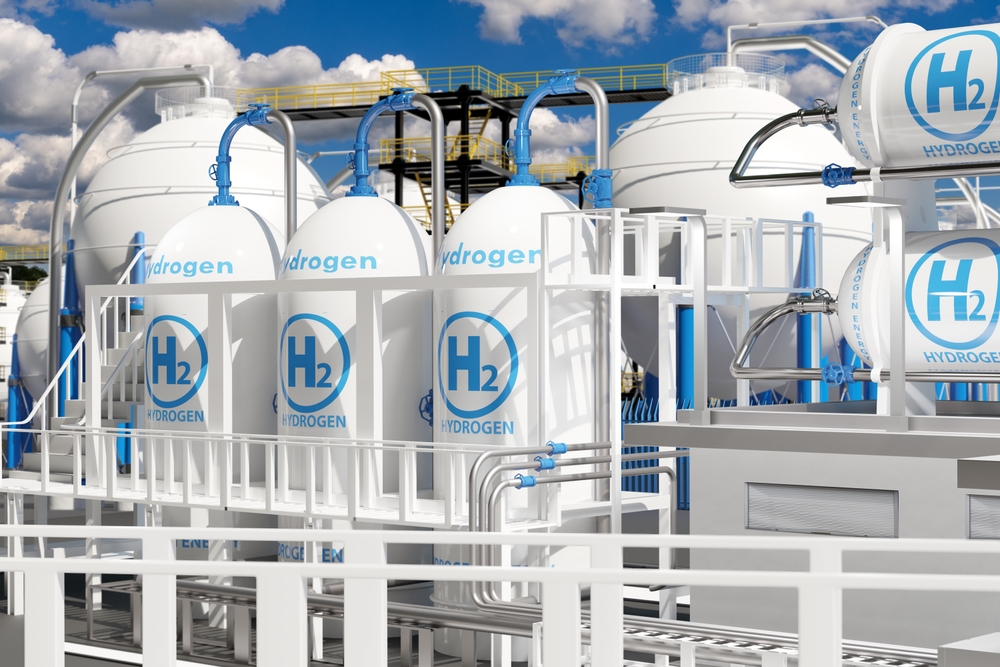
The development of hydrogen fuel cell vehicles is influenced by the availability and cost of raw materials, such as platinum, which is used in fuel cell catalysts. Platinum is scarce and expensive, making it a significant cost driver for fuel cells. Research into reducing platinum content or finding alternative materials is critical to lowering the cost of HFCVs. Additionally, the supply chain for these materials must be robust and sustainable to support the scaling up of hydrogen fuel cell technology without causing environmental or economic issues.
Market Demand and Consumer Acceptance

Consumer acceptance and market demand are pivotal in driving the development of hydrogen fuel cell vehicles. Public awareness and understanding of hydrogen technology are currently limited, and many consumers are unfamiliar with HFCVs compared to BEVs. The perceived safety of hydrogen, vehicle cost, availability of refueling stations, and the environmental benefits all influence consumer attitudes. Manufacturers must invest in education, marketing, and consumer incentives to build demand and ensure that HFCVs become a viable alternative in the transportation market.
Industrial and Commercial Applications
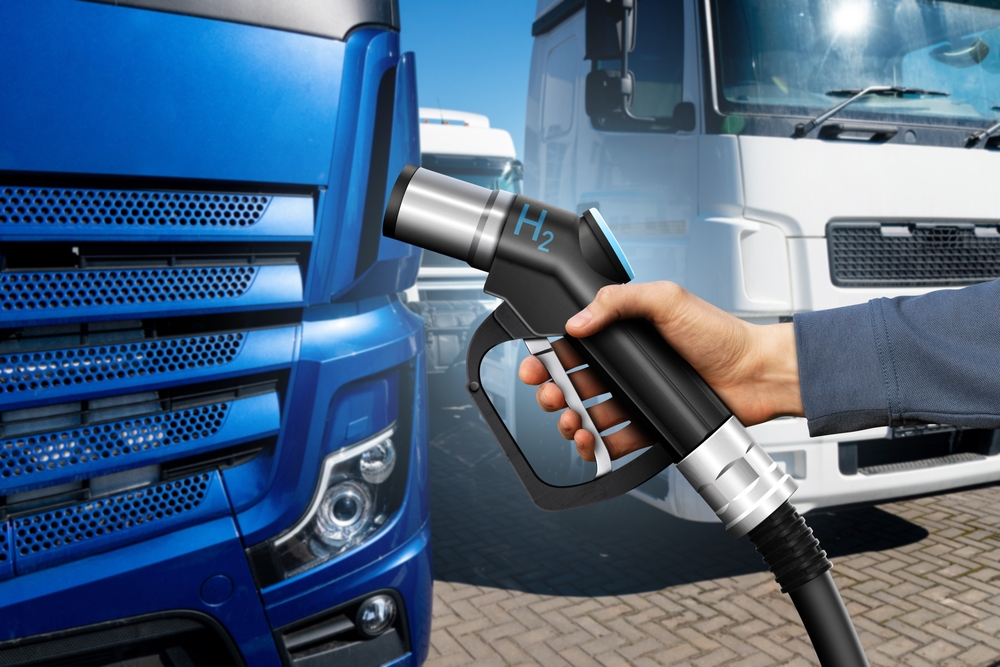
The potential for hydrogen fuel cell technology in industrial and commercial applications, such as heavy-duty trucks, buses, and forklifts, significantly influences its development. These sectors benefit from hydrogen’s high energy density and quick refueling times, making HFCVs an attractive option where BEVs may not be practical. Success in these applications can drive technological improvements, economies of scale, and infrastructure expansion, further supporting the development of HFCVs in the consumer market.
Global Energy Policies and Trade Agreements

Global energy policies and trade agreements directly impact the development of hydrogen fuel cell vehicles by influencing the availability of hydrogen and the materials needed for fuel cell production. Policies promoting the use of renewable energy for hydrogen production can boost the supply of green hydrogen, making HFCVs more sustainable. Trade agreements can also affect the cost and availability of critical materials like platinum. A global approach to energy policy, including international collaboration on hydrogen production and distribution, is crucial for the growth of HFCVs.
Investment in Research and Development

Investment in research and development (R&D) is crucial for advancing hydrogen fuel cell technology. Governments, private companies, and academic institutions are investing in R&D to improve fuel cell efficiency, reduce costs, and develop new hydrogen production methods. R&D also focuses on improving hydrogen storage and distribution, which are critical for the success of HFCVs. Increased investment in R&D will accelerate technological breakthroughs, making hydrogen vehicles more competitive with other forms of transportation.
Hydrogen Storage and Distribution

Efficient hydrogen storage and distribution are critical challenges in the development of hydrogen fuel cell vehicles. Hydrogen must be stored at high pressures or low temperatures, requiring specialized tanks that are both costly and complex. Distribution networks are also underdeveloped, with limited pipelines and transport options. Advances in storage technologies, such as solid-state hydrogen storage or improved compression methods, are essential for making hydrogen more accessible and reducing the costs associated with its distribution.
Collaboration between Automakers and Energy Companies
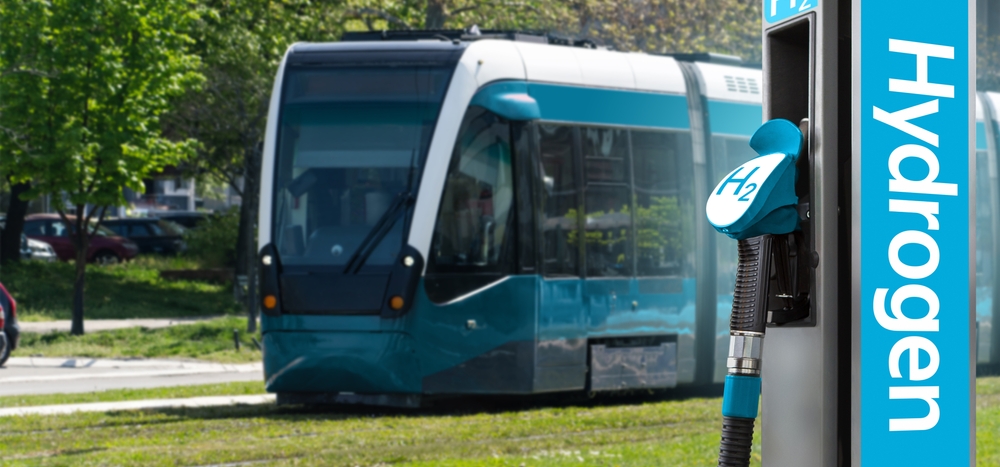
The collaboration between automakers and energy companies is vital for the development of hydrogen fuel cell vehicles. Automakers need reliable and widespread access to hydrogen, while energy companies require a market for the hydrogen they produce. Partnerships between these sectors can lead to coordinated efforts in building refueling infrastructure, developing standards, and reducing costs. Successful collaboration can accelerate the deployment of HFCVs by ensuring that the necessary infrastructure is in place to support their growth.
Public Perception and Education

Public perception and education about hydrogen fuel cell technology play a significant role in its development. Misconceptions about the safety and viability of hydrogen can hinder consumer acceptance and market growth. Education campaigns, public demonstrations, and transparent communication about the benefits and challenges of HFCVs are essential for gaining public trust. As consumers become more informed, their willingness to adopt hydrogen technology will increase, driving demand and encouraging further investment in the sector.
Cost of Hydrogen Fuel Cell Vehicles
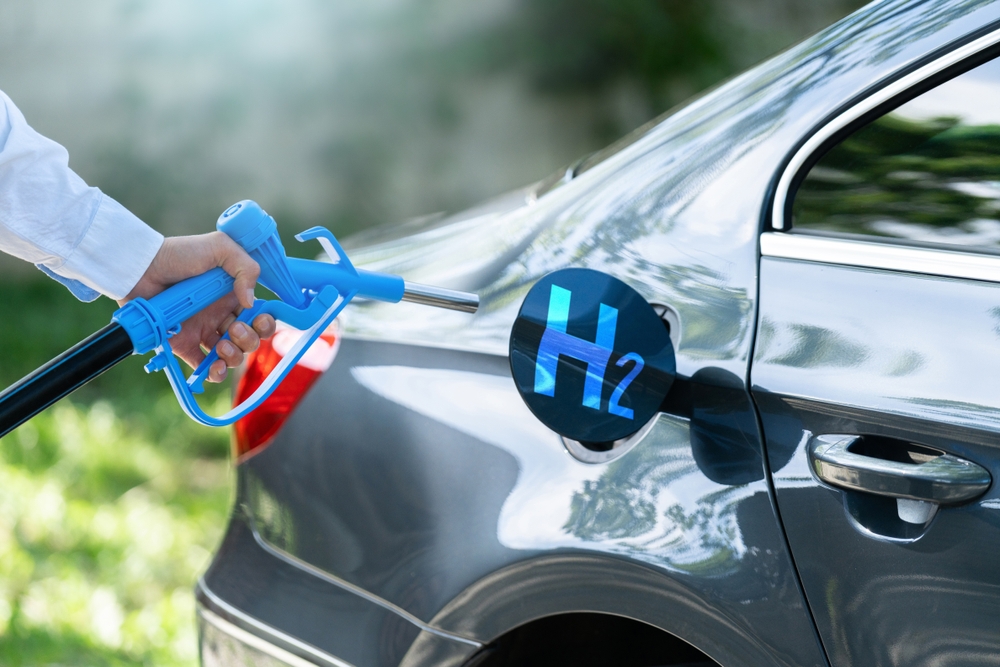
The high cost of hydrogen fuel cell vehicles is a significant barrier to their widespread adoption. Currently, HFCVs are more expensive than BEVs and traditional internal combustion engine vehicles due to the cost of fuel cell production, hydrogen storage systems, and limited economies of scale. Reducing the cost of HFCVs through technological advancements, increased production, and government incentives is essential for making these vehicles accessible to a broader market. As costs decrease, HFCVs will become a more competitive option for consumers.
Vehicle Range and Performance
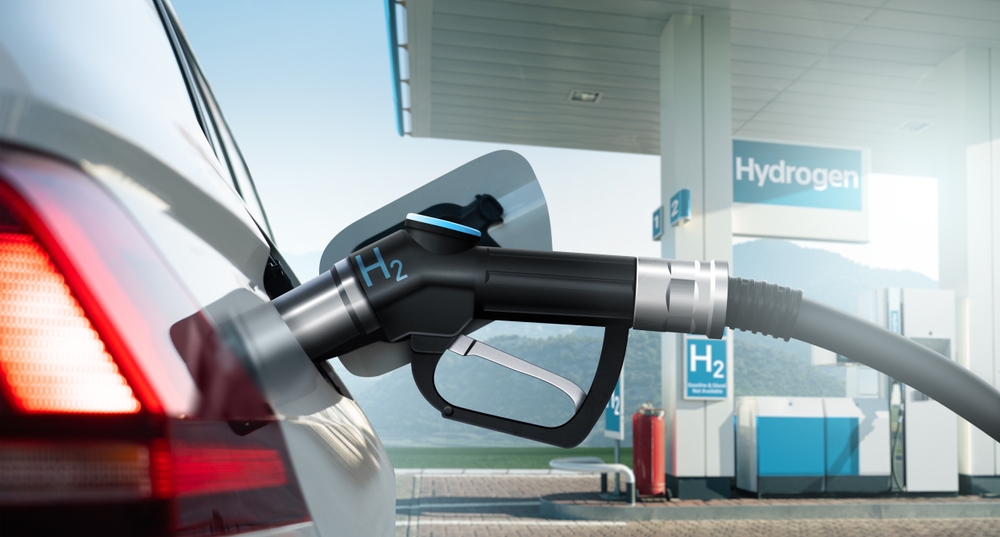
The range and performance of hydrogen fuel cell vehicles are critical factors influencing their development. HFCVs typically offer longer ranges than most BEVs, making them attractive for long-distance travel and commercial applications. However, performance in terms of acceleration, top speed, and durability must also meet consumer expectations. Ongoing improvements in fuel cell technology and vehicle design are needed to ensure that HFCVs can compete with other vehicles in terms of both range and overall performance.
Safety Standards and Regulations

Safety standards and regulations play a crucial role in the development of hydrogen fuel cell vehicles. Hydrogen is highly flammable, and its storage and use in vehicles require stringent safety measures. Regulatory bodies must establish clear safety standards for hydrogen production, storage, and transportation, as well as for the vehicles themselves. Compliance with these standards ensures consumer safety and builds trust in hydrogen technology. As safety regulations evolve, they will shape the design and deployment of HFCVs.
Environmental Impact of Hydrogen Production

The environmental impact of hydrogen production, particularly the carbon footprint, is a significant factor in the development of hydrogen fuel cell vehicles. While HFCVs emit no tailpipe pollutants, the majority of hydrogen is currently produced using natural gas, which releases carbon dioxide. The shift towards green hydrogen, produced using renewable energy, is crucial for ensuring that HFCVs contribute to overall environmental goals. The development of HFCVs will depend on the ability to produce hydrogen in a way that minimizes environmental harm.
Global Economic Conditions

Global economic conditions influence the development of hydrogen fuel cell vehicles by affecting investment levels, consumer purchasing power, and government budgets for infrastructure and incentives. Economic downturns can slow the progress of HFCV development as both public and private sectors may reduce spending. Conversely, periods of economic growth can lead to increased investment in new technologies, including hydrogen. The global economy’s stability and growth will play a significant role in determining the pace at which HFCVs are adopted worldwide.
This article originally appeared on MyCarMakesNoise.
More from MyCarMakesNoise
20 Best Value Sports Cars You Can Buy Right Now

Sports cars are often seen as high-performance machines with hefty price tags, but there are several models that offer great value without compromising on speed, handling, or style. In this article, we’ll explore some of the best value sports cars you can buy right now, highlighting models that deliver impressive performance at an affordable price. Read More
20 Key Developments in RV Comfort and Technology

RVs have evolved dramatically over the years, with key developments in comfort and technology making road travel more luxurious and convenient. Modern advancements such as smart home integration, solar power systems, and enhanced climate control allow travelers to enjoy the same amenities they would at home. Read More
20 Best-Looking Concept Cars That Never Made It to Production

Concept cars often showcase the cutting-edge designs and futuristic ideas of automakers, pushing the boundaries of what’s possible. However, not all of these stunning vehicles make it to production. In this article, we’ll take a look at some of the best-looking concept cars that, despite their incredible designs, never reached the showroom floor. Read More














